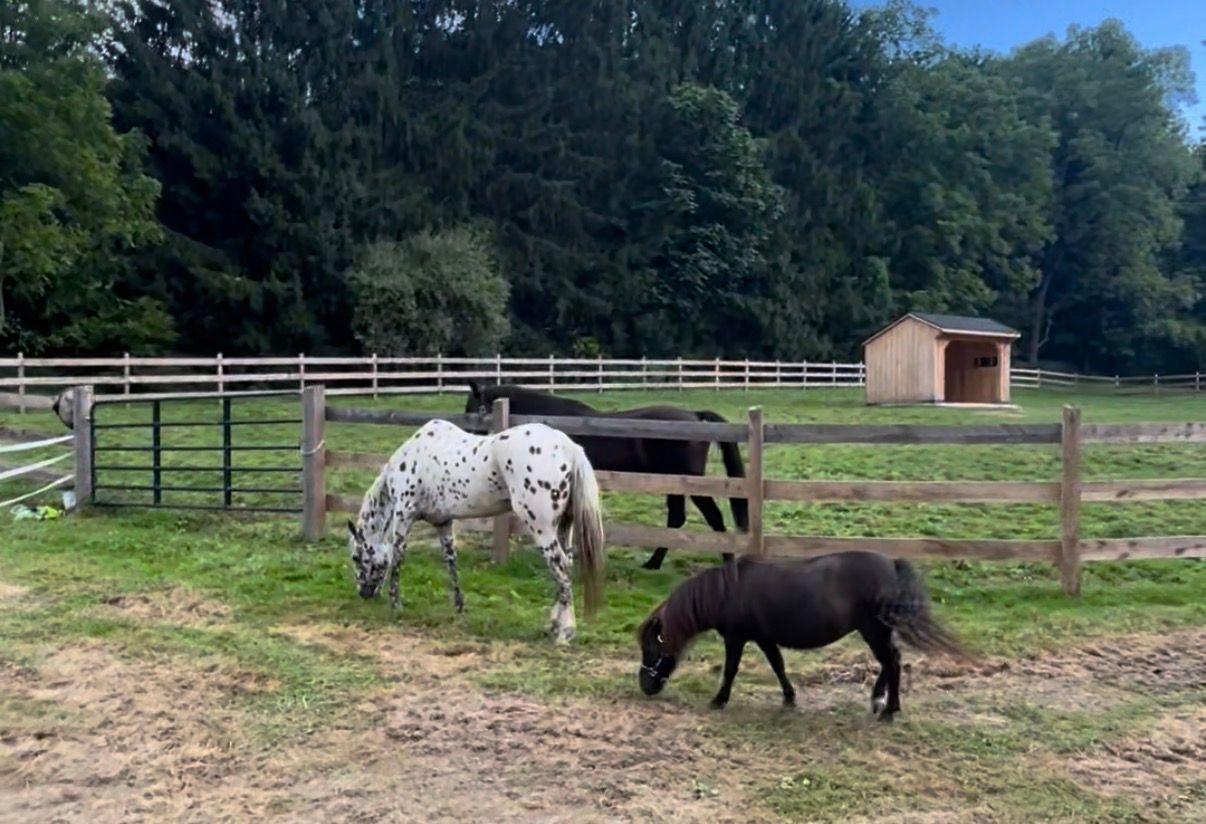Propagating as a Family I New York Mom
If you've ever marveled at the lush greenery in a garden and wished you could multiply the plants you love, you're in for a treat. Plant propagation is your gateway to turn a single plant into many, and it's not as complex as it might seem.
Dive into this blog and soon, you'll be a propagation pro!

Understanding Plant Propagation
Plant propagation is akin to creating life. Through this method, gardeners can reproduce plants, ensuring the continuity of their favorite flora. The exciting bit? Different plants offer unique ways they can be propagated.
Choosing the Perfect Candidate
Before embarking on your propagation journey, identify if your desired plant is suitable for propagation. While many plants respond well, it's always good to do a bit of homework and set your expectations right.
The Various Faces of Propagation
Cuttings: The star player in the propagation league.
Stem Cuttings: Slice a 4-6 inch section from a flourishing plant tip. Bid adieu to the lower leaves, retaining only a few at the zenith.
Leaf Cuttings: Some plants don’t need more than just a leaf (or a fragment) to spring to life.
Root Cuttings: A rarer technique where some plants, say horseradish, sprout from mere root sections.
Division: Perfect for plants that thrive in clumps. Simply part them into smaller bunches and let them take root elsewhere.
Layering: A tantalizing technique where roots are nurtured on a plant while it remains attached to its parent.
Offsets or "Pup" Removal: Succulents and bromeliads are generous, sprouting offsets or pups. Once they're sizable, they're ready for their own pot.
Creating the Ideal Environment
For the cuttings:
Start by dipping them in rooting hormone. Though optional, it boosts root formation.
Bury the cuttings into a well-draining rooting medium, often a cocktail of sand, vermiculite, and perlite.
Offer a light sprinkle of water.
Next, shield your cuttings. A clear plastic bag or a dome suffices, preserving humidity. The golden rule? Keep it damp, not drenched, and away from direct sunlight.
The Root of the Matter
The wait for roots demands patience. From a swift week to several lingering months, the plant type and conditions dictate the pace. Test for roots with a tender pull on the cutting. Resistance hints at budding roots.
The Final Act: Transplanting
With roots in place, your plant is ready for the big world. Transition it to regular potting soil and nurture it like its parent.
Parting Wisdom
A clean start promises healthy plants. Sterilize your tools to fend off diseases and always propagate from the healthiest specimens.
Embark on your propagation adventure with a heart full of patience. Some plants are eager to multiply, while others play hard to get. But the joy of seeing a new plant sprout from an old one? That's unparalleled magic.





